Nowruz is Iranians’ most significant national festival, which everyone is trying to prepare for before the arrival of spring. The rituals celebrated today as Nowruz customs derive from the Nowruz celebration in ancient Iran, although some of them have undergone some changes. In this article, we will talk about Iranian customs and traditions during Nowruz. Meanwhile, if you are interested in group trips, visit Irana Tour right now, and choose the Iran tour to visit Iran.
for iran visa application, click here please
House cleaning
Again, it’s the last month of the year and cleaning the house is a hot topic. This rite which dates back to ancient days, is still carried out in Iran and a few other nations. people dust and clean their homes, wash their carpets, throw away some items and buy new ones during the final weeks of the year march. According to an ancient point of view, when a house is getting cleaned, there is initially excitement and chaos, then after the house is put in order, there is peace throughout.

Planting greenery
About two weeks before Nowruz New year, people plant various seeds, such as wheat, mung beans, lentils, corn, etc., in pots or on beautiful jars so that at the moment of the new year, they will deliver their green corn, green wheat or green lentils on the Haf-tsin table. In the Avesta, there are sayings about planting greenery, which is mentioned as a symbol of truth and virtue. On the other hand, in ancient Iran, Ahriman (satan) had sent a drought on the earth. After Jamshid’s victory over Ahriman, people planted barley in different containers for the blessing of spring again, which probably dates back to that event. In ancient times, people of each family planted wheat in 3 frames as a sign of good thoughts, good thoughts and good speech so that Ahura Mazda would grant them growth and prosperity.
Visiting the graves
On the last Thursday of the year, Iranians go to the graves of their lost loved ones with bouquets and alms to ask for forgiveness.
Haft-sin
making this table the most significant part of Iranian Nowruz customs, which takes place in almost all cities of Iran. Iranians set up a table a few days before Nowruz so everyone could gather around it. As its name suggests, seven foods and vegetables that begin with the letter Sin are placed on the table, including Russian Olive (as a sign of careful behaviour), apple (as a sign of health and love), greens (as a sign of dates and freshness), Samanu (as a sign of resistance and justice), garlic (as a sign of contentment), vinegar (as a sign of contentment and submission) and sumac (as a sign of patience and tolerance).
In addition to the main chests, coins (as a sign of wealth increase), holy books of different religions (Muslims, Quran, Zoroastrians, Avesta, etc.) Candles (as a sign of light and brightness) and bread (as a sign of blessing) are other components of the Haft Sin table.
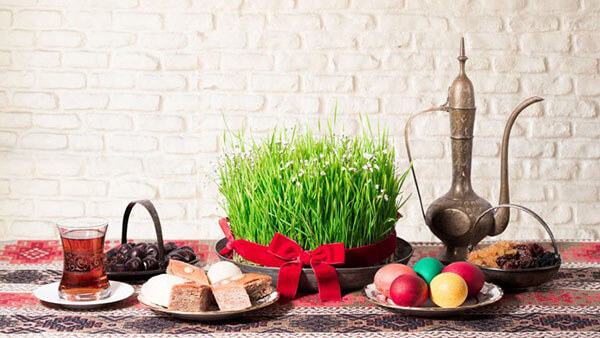
Sal Tahvil (The Exact Moment of the New Year)
Everything has been prepared hours before, and a few minutes before the New Year, the family gathers around the Haft Sin table and prays for the New Year. The prayer of the moment of the year of handing over
“Ya Muqalib’ al-Qulub wa Al-Absar, Ya Modbbi’ra Al-Lail and Al-Nahar, Ya Muhavi’l Al-Hul and Ahadal-e Hawlna Halana Ali Ahsan Halal”, meaning, “Oh reformer of hearts and visions; Oh, director of night and day; Oh Transformer of conditions; turn our situation to the best by your will.”
People ask God for good in the new year by reading this prayer.
After the Turn of the year, they all happily hug, kiss and congratulate each other on the new year. Often, the family elder has already put money in the Qur’an as a new-year gift, and people take their skills individually. In the Zoroastrian tradition, after the Turn of the year, the elder of the family gives other members of the family a spoon of honey, dry seeds or coins. Therefore, according to the country, culture and religion of the people, the Nowruz ceremony may be performed differently in any place.
Haji Firouz
He is one of the symbols of Nowruz, who comes to the streets in the last days of Esfand amidst the bustle of the city with a ring of bells, a red and pink black dress and heralds the arrival of Nowruz to the people. Haji Firouz sings Nowruz songs and poems about this celebration; people are happy to see him and give him his new year gift.
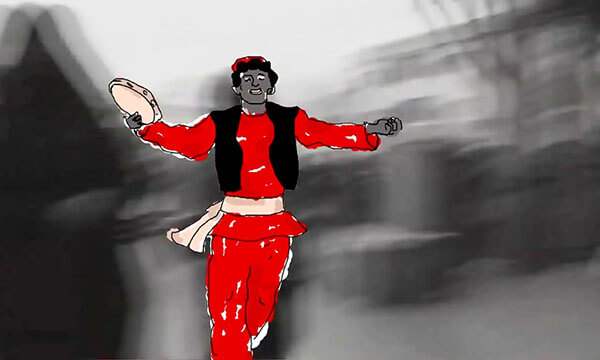
Amu Nowruz
This person, also known as Baba Nowruz, is a symbol of time in ancient Iran and Zal in the Shahnameh (the book of kings). Iranians believe that Amu Nowruz, with a beard and long white hair, comes home on the night of New year to see Nene Sarma, his lover, A visit that will never come true!
sizdah be-dar
Iranians believe that April 13th is a sad day and should not stay at home, so they go to nature early in the morning to spend their 13th outdoors. Every family takes the nuts left over from New year’s to heart, and some cook on firewood. On the evening of the 13, to grant their wishes, people tie a knot to the greens, and families throw out the greens that were planted for New year.
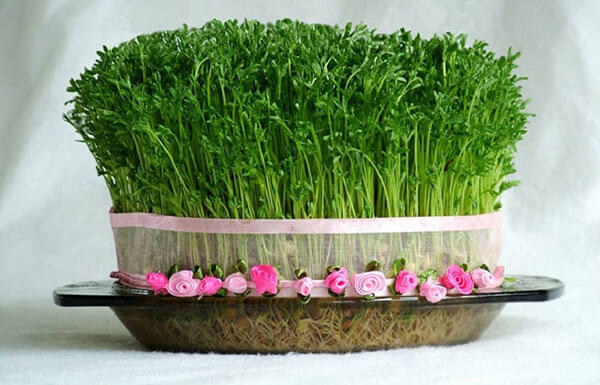
New year visiting
Almost after the turning of a New Year, the visits begin and usually, in the early days of Nowruz, the younger ones visit the older ones to congratulate them on the New Year. During the first days of April, these visits continue, and people also pay their respects to those who lost a loved one last year to wish them good health.
Sabzi Polo ba Mahi (Fried fish with herb rice)
Cooking Sabzi Polo ba Mahi is one of Nowruz’s central traditions, which is usually served as lunch or dinner on April 1st. The philosophy of cooking this dish is probably due to the symbol of each ingredient: fish is a symbol of vitality, vegetables are a symbol of spring, and rice is a symbol of blessing. In addition, cooking and eating sabzi polo ba Mahi is an opportunity to give thanks on the first day of the year. Some Tehranis also cook and recite polo on the night of Nowruz as a symbol of having everything under control for the rest of the year.

wearing new clothes
Before the arrival of Nowruz, people bought new clothes so that they could appear at parties with a fresh and well-groomed appearance along with the renewal of the earth and the arrival of spring. Every year before Nowruz New year, people with a better financial conditions give new clothes to those in need so that they can wear new clothes when spring arrives.

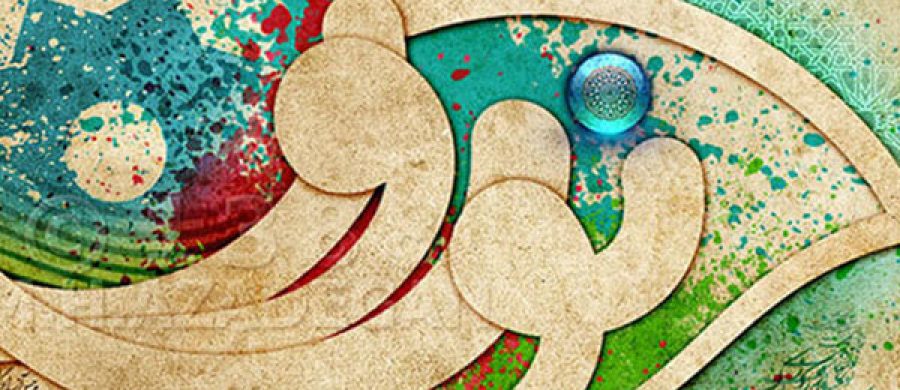




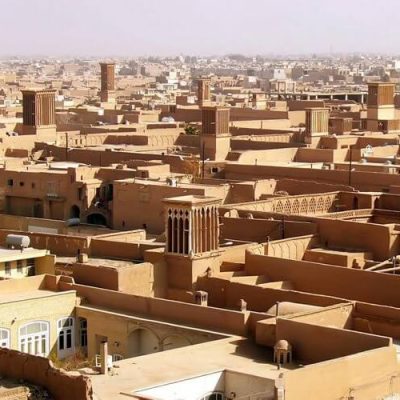

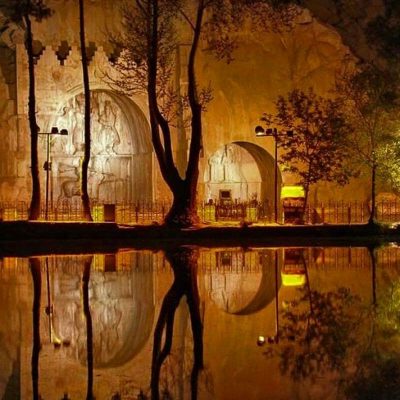
Post Discussion